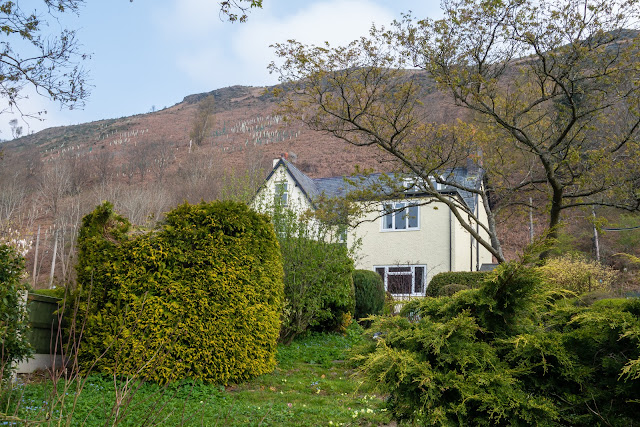Ribblehead Viaduct - a magnificent Victorian achievement

The Ribblehead Viaduct, an iconic symbol of Victorian engineering and perseverance, is the largest and most impressive of the viaducts on the Settle to Carlisle railway line. Its majestic arches stretch across the rugged landscape of Batty Moss in Ribblehead, North Yorkshire, and serve as a testament to the ambitious vision and skill of the engineers and labourers who brought the railway line to life. - so the blurb goes! And yes, it is magnificent. Although the day was rather dull, I managed some images to record my visit. The viaduct was designed by John Sydney Crossley, chief engineer of the Midland Railway, who was responsible for the design and construction of all major structures along the line. The viaduct was necessitated by the challenging terrain of the route. Construction began in late 1869. It necessitated a large workforce, up to 2,300 men, most of whom lived in shanty towns set up near its base. Over 100 men lost their lives during its construction. The Settle to Carlisle...
